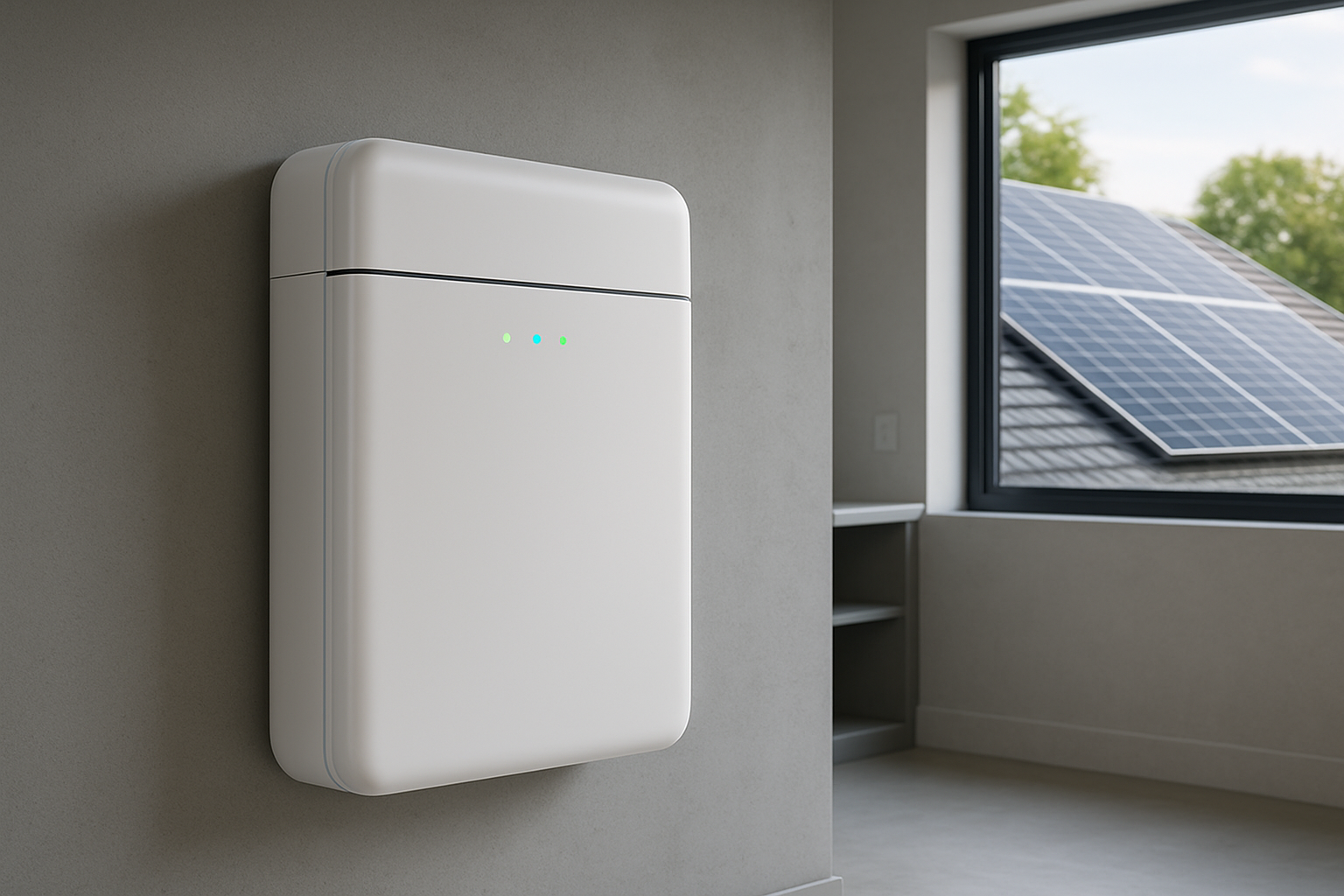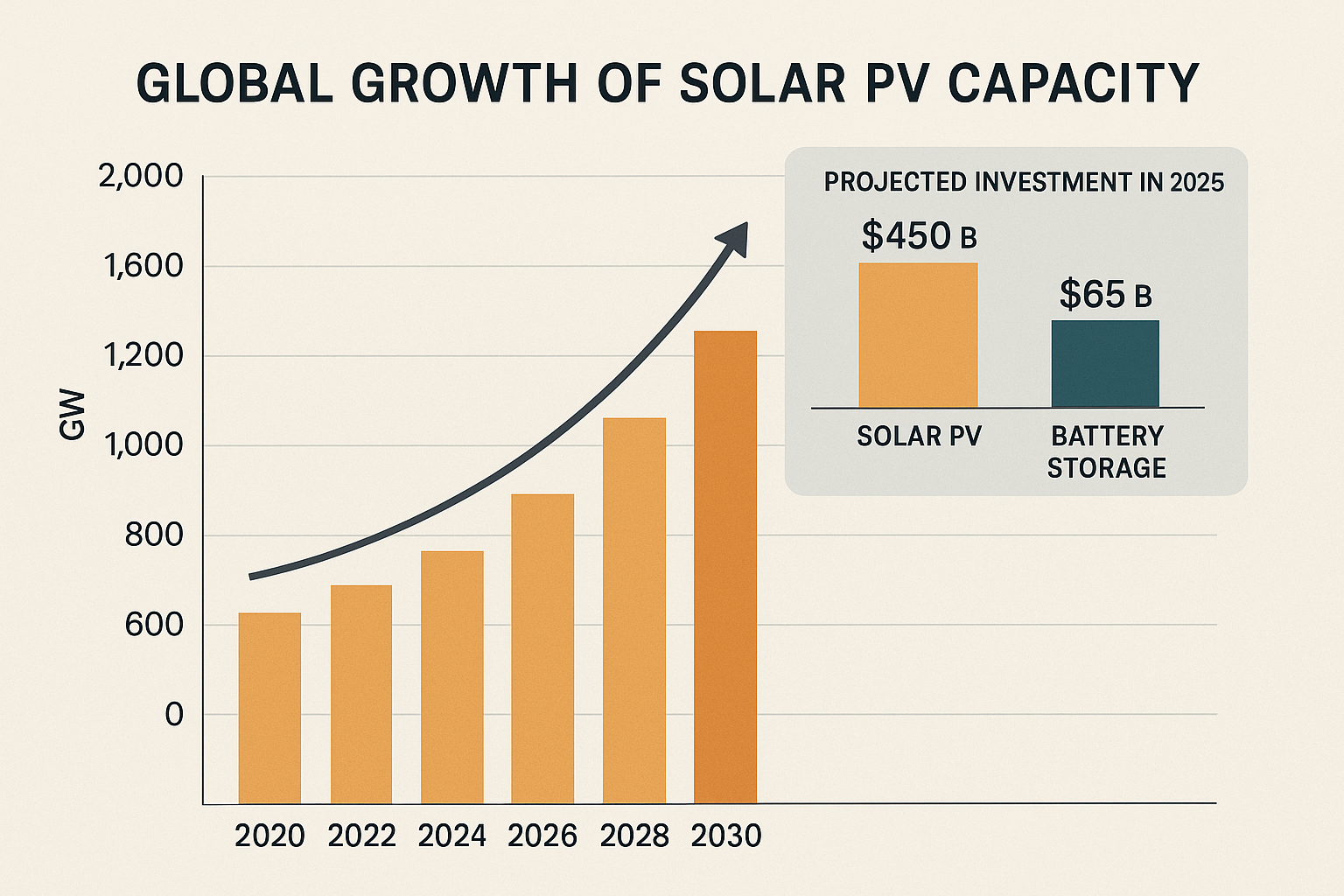Solar energy offers a compelling path to energy independence and reduced electricity bills. As more homes and businesses embrace solar, understanding the financial aspects, especially the payback period, becomes crucial. Net metering has long been a cornerstone of solar economics, allowing system owners to send excess electricity back to the grid for credit. However, the energy landscape is evolving, with Time-of-Use (TOU) rates becoming increasingly common. This shift changes the dynamics of solar payback, creating new considerations for system owners.

Understanding Net Metering and Time-of-Use Rates
What is Net Metering?
Net metering allows you to send any surplus electricity your solar panels generate back to the utility grid. Your electricity meter effectively runs backward, crediting you for the power you export. This mechanism uses the utility grid as a long-term storage solution, allowing you to draw stored electricity from the grid without additional fees at any time. This contrasts with gross metering, where all generated electricity is injected into the grid, and you import all your consumption from the grid separately. Under gross metering, compensation for exported electricity is based on a specific tariff determined by regulators. According to a report by IEA and CEEW, net metering is attractive, easy to understand, and administer, serving as an effective way to jump-start local PV markets.
The Rise of Time-of-Use (TOU) Rates
Time-of-Use rates indicate that electricity prices vary depending on the time of day, day of the week, and even the season., You pay more for electricity during "peak" demand hours, typically late afternoon or early evening when most people are using power, and less during "off-peak" hours, like late at night or midday., Utilities implement TOU rates to encourage consumers to shift their electricity consumption away from peak periods, helping to balance grid demand and reduce the need for costly infrastructure upgrades. The IEA suggests that upgrading systems to signal peak demand during the day can unlock demand-side response and distributed PV potential.
How They Intersect
The intersection of net metering and TOU rates changes the value of your exported solar energy. In a flat-rate net metering system, every kilowatt-hour (kWh) you send to the grid has the same value as every kWh you pull from it. With TOU rates, the value of your exported solar power changes throughout the day. If your panels produce most of their power during off-peak hours (when prices are low) but you consume heavily during peak hours (when prices are high), the financial benefit of exporting power diminishes. Some utilities express concern that net metering, especially at high penetration levels, remunerates injected electricity at retail prices, which may not always reflect its true value for the system.,
The Payback Period: Myth vs. Reality
The Myth of Rapid Payback in All Scenarios
Many believe that solar installations always offer a rapid payback, regardless of market conditions. While net metering has historically supported quick returns, the introduction of TOU rates and changes to net metering policies can alter this expectation., The idea that solar systems will always pay for themselves in just a few years, without considering the specifics of local tariffs, can be a misconception.,
Reality: Extended Payback, Enduring Value
The reality in many TOU markets is that the payback period for a solar system can be longer than in traditional net metering environments. For instance, in some regions, payback periods have increased from an average of 4-7 years to around 9 years. While this extends the time to recoup your initial investment, solar panels continue to operate and generate savings for approximately 25 years or more., Even with extended payback times, a system can still deliver a notable return rate, making solar a sound long-term financial decision.
Another factor impacting payback is the shift from hourly calculated rates to "rapid cycling" or "instantaneous netting." This means your meter measures electricity usage in real-time, rather than hourly. This more complex calculation can make the financial benefits less straightforward for solar customers, as it reduces the window for netting consumption against production at specific times.
| Market Type | Typical Payback Period (Years) | Key Characteristics |
|---|---|---|
| Traditional Net Metering (Flat Rate) | 4-7, | Credits for exported power often match retail rate; annual true-up common., |
| Time-of-Use (TOU) Net Metering | 7-10+ | Exported power value varies by time of day; encourages self-consumption., |
Strategies for Optimizing Solar ROI in TOU Markets
Maximizing Self-Consumption
The most effective strategy in a TOU market is to maximize your self-consumption of generated solar power., This means using the electricity your panels produce at the moment it's generated, rather than exporting it to the grid when export rates are low. This reduces the amount of high-priced electricity you need to purchase from the grid during peak hours., Improving net-metering schemes by reducing the validity of energy credits for a shorter period can help increase self-consumption and reduce distribution grid stress.
The Role of Energy Storage
This is where energy storage becomes a game-changer., A home energy storage system, powered by high-performance, reliable lithium iron phosphate (LiFePO4) batteries, allows you to capture surplus solar energy generated during the day and store it., You can then discharge this stored energy during peak TOU periods, avoiding expensive grid purchases., LiFePO4 batteries are widely considered a priority choice for residential battery storage systems due to their long cycle life, high energy density, and safety features.,, Our integrated home energy storage systems, combining LiFePO4 batteries, hybrid inverters, and solar panels, are designed to help you achieve greater energy independence and optimize your solar investment in TOU environments., You gain direct control over your energy use, transforming your home into a more resilient and efficient energy hub.
Smart Energy Management
Advanced solar inverters and Battery Management Systems (BMS) play a pivotal role., These intelligent systems monitor your energy production and consumption patterns, automatically directing energy flow to maximize savings., They can prioritize self-consumption, charge your battery when solar is abundant, and discharge it strategically during peak TOU hours., This automation ensures your system works optimally to reduce your reliance on the grid and enhance your financial returns.
Beyond Payback: Long-Term Energy Independence
While the payback period is a critical consideration, the value of solar extends beyond initial financial calculations. Investing in a solar and energy storage system offers significant long-term benefits:
- Hedging Against Future Price Increases: Your solar system provides a predictable source of electricity, shielding you from rising utility rates. This stability offers peace of mind over decades.
- Enhanced Grid Resilience: With an integrated energy storage solution, your home can remain powered during grid outages., This provides security and comfort, especially in areas prone to disruptions., Our off-grid solar solutions, for instance, offer complete energy independence for homes, farms, and cabins.
- Environmental Contribution: You reduce your carbon footprint by generating clean, renewable energy., This contributes to a healthier planet and supports a sustainable future for everyone.
Making Informed Energy Choices
The landscape of solar energy is dynamic, with policies like net metering evolving alongside the grid's needs. Understanding the nuances of Time-of-Use markets is crucial for making informed decisions about your solar investment., While the payback period might adjust with these changes, the fundamental benefits of solar – long-term savings, energy independence, and environmental stewardship – remain strong., By strategically combining solar generation with advanced energy storage and smart management, you can unlock the full economic potential of your system and achieve true energy autonomy for years to come.





Leave a comment
All comments are moderated before being published.
This site is protected by hCaptcha and the hCaptcha Privacy Policy and Terms of Service apply.